Gennett Walk of Fame
This Indiana walk of fame honors music legends with record-shaped plaques in the pavement.
The small city of Richmond in eastern Indiana is an unlikely place to find a deep and rich history of jazz, blues, gospel, country, revival, and other early recordings. And the source of those recordings is just as unlikely – a factory along the east fork of the Whitewater River that started its life in the 1870s manufacturing pianos. Ending its run 90 years later, along the way the Starr Piano Company created Gennett Records that recorded artists from Louis Armstrong to Artie Shaw, from Bix Beiderbecke to Hoagy Carmichael, Blind Lemon Jefferson to Fletcher Henderson. And that is a list that barely skims the surface.
In 1872, Richmond business man James Starr imported an expert piano man from Europe, and they started producing pianos in a small factory along the Whitewater River. Cut to the 20th century, and the Starr Piano Company added gramophones to its product line. But what did people need to play ON those crazy new machines? Music. And after a bit of a patent skirmish between small companies like Starr and the big boys at Victor, Edison, and Columbia, the Starr Piano Company created their own recording label called Gennett Records (named for the president of the company at the time). Starr-Gennett recorded in Richmond, but also set up a studio in New York City to take advantage of the enormous wealth of talent looking for musical outlets. This small company – in the middle of the country, making pianos and gramophones – produced jazz, blues, gospel, and country music, as well as sound effects for radio producers and even spoken-word sermons by the likes of William Jennings Bryan.
Into the mid-30s, as the Depression loomed ever larger, the music industry took a huge hit. Small independents like Gennett struggled along, most of them folding, and after a number of years of whittling down their output, Gennett went down too. The factory stayed open, still producing pianos, but that business, too, started to wane. To keep the business afloat they started making refrigerators as electricity moved further out into rural areas, and they still produced a few pianos every week. In the 1950s, the factory shut down for good. The buildings stood vacant for decades, until all but one had been torn down and the complex converted into city park land. One building still stands and is used for local events, but not much else remains of the storied recording past of Starr-Gennett. Except…
…The Gennett Records Walk of Fame. Along the entrance to the old factory site is a sidewalk imbedded with plaques to the recording greats that made Gennett such a surprising musical story. Each plaque is designed like an old ‘78 shellac disc, and new members of the Walk of Fame are added every year. You can see Jelly Roll Morton, Guy Lombardo, Coleman Hawkins, Duke Ellington, Lonnie Johnson, Joe “King” Oliver, Fats Waller – the list goes on and on. Astonishing when you consider the source – a piano factory-turned-recording phenomenon, in the heart of the Hoosier State.
Know Before You Go
The plaques are imbedded in the broad sidewalk flanking the access drive in Whitewater Gorge Park, on the site of the Starr Piano complex
The Atlas Obscura Podcast is Back!




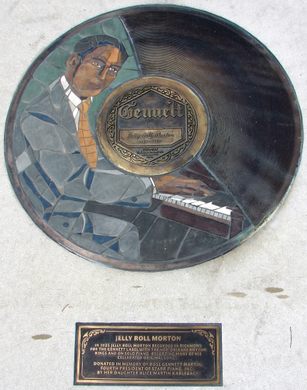







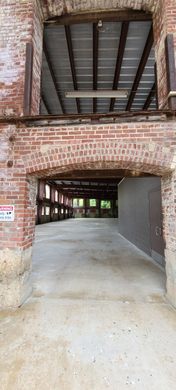
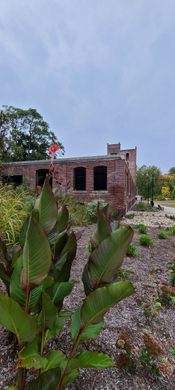
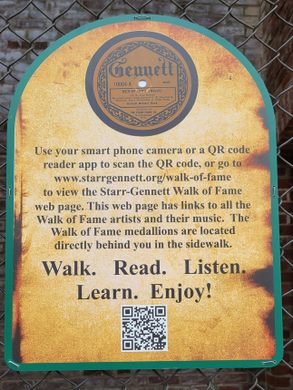
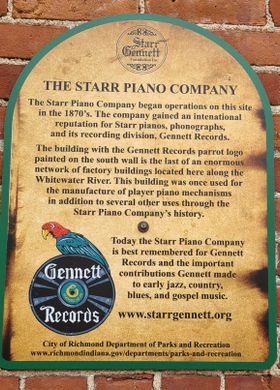










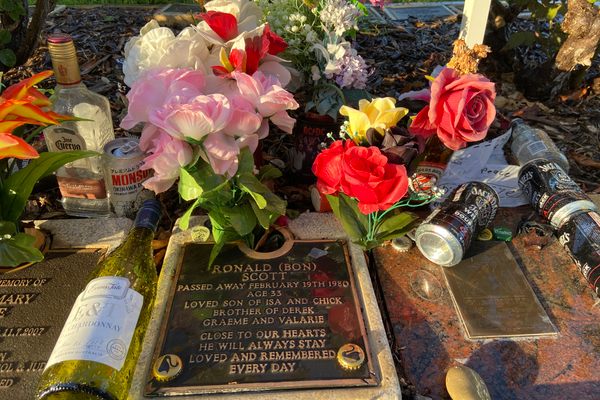


Follow us on Twitter to get the latest on the world's hidden wonders.
Like us on Facebook to get the latest on the world's hidden wonders.
Follow us on Twitter Like us on Facebook